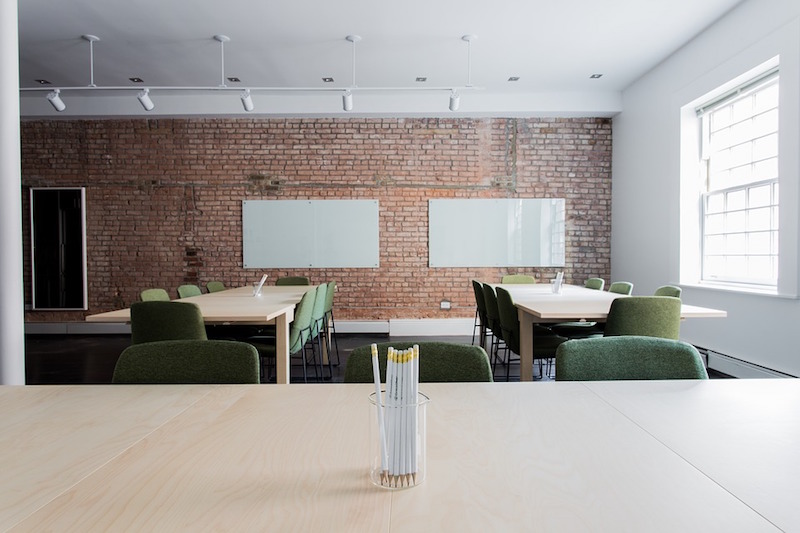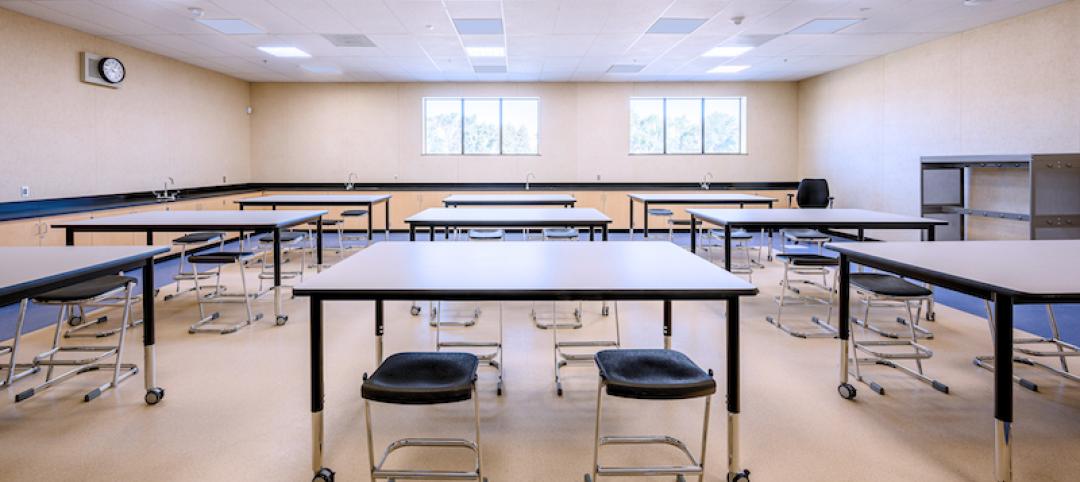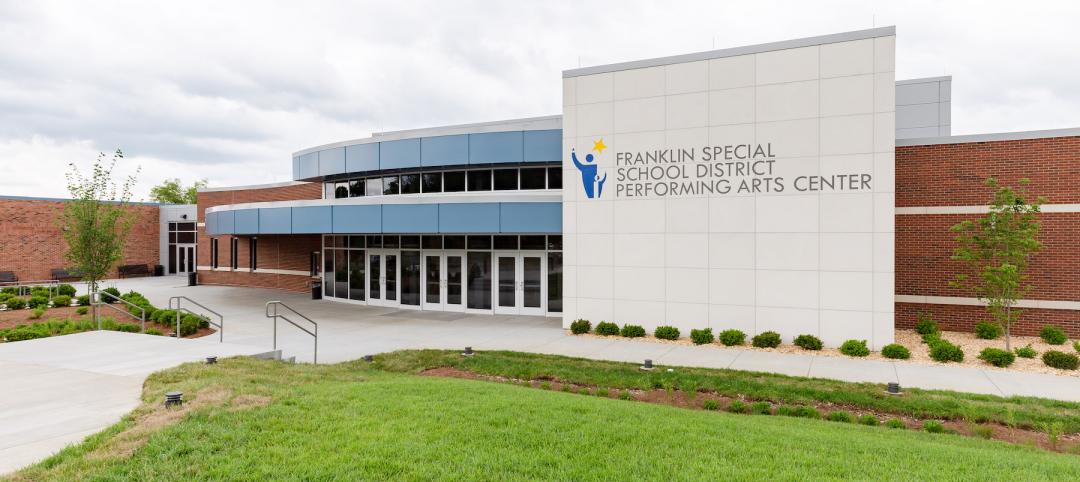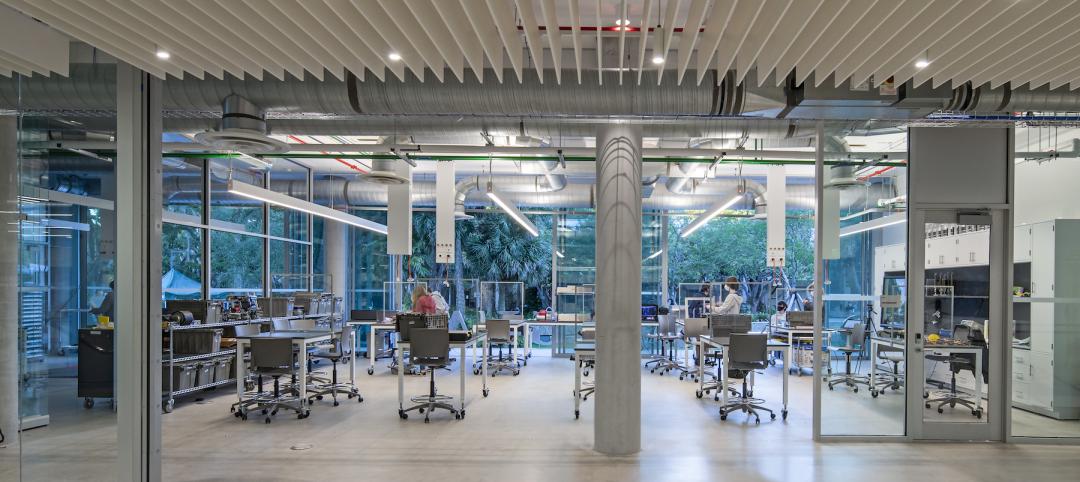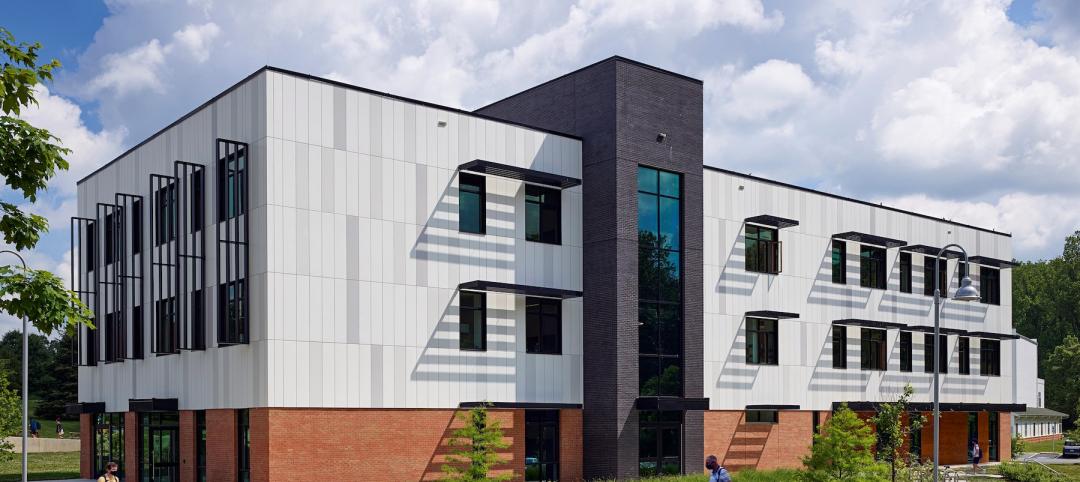Perkins Eastman recently announced the publication of white paper “Measuring Up: Using Pre- and Post-Occupancy Evaluation to Assess High-Performance School Design.”
“Measuring Up” documents a design research study conducted by Perkins Eastman that used the Dr. Martin Luther King, Jr. School, located in Cambridge, MA, as a test case. The study showed that the high-performance design strategies employed in the design of the MLK School had a significant and measurable impact on both occupant satisfaction and building performance. These findings tie high-performance design strategies to improved building performance and increased satisfaction, bringing the theoretical value-add proposition for high-performance design into reality.
The overarching goal of the school’s design was to synthesize objectives to enhance educational outcomes within this urban district and to pursue attributes of Net Zero Energy. Together, these goals inspired a sustainable, high-performance urban learning environment that can serve as a prototype for the school district and potentially nationwide. These same lessons also add to the design industry’s understanding of high-performance design.
The white paper is co-authored by a group at Perkins Eastman representing broad research, sustainability, and K-12 school design. Sean O’Donnell, leader of Perkins Eastman’s K-12 practice, says, “By evaluating and analyzing our work, we are able to make smarter decisions moving forward to enhance educational outcomes, improve our communities, and reduce our environmental impact—and to do so in the most economical means possible.” He continues, “This feedback loop moves us closer to creating truly sustainable, high-performance learning environments for our clients and communities.”
Perkins Eastman’s study is distinguished from other academic studies investigating Indoor Environmental Quality (IEQ) in schools in that it was designed to examine multiple, concurrent factors—producing a more holistic picture than single variables studied in isolation can provide. In Perkins Eastman’s study, satisfaction levels increased between 53-66% in every measure, indicating meaningful improvement. These measures included: daylight, thermal comfort, acoustics, and air quality.
By showing that even minor improvements in building performance using high-performance design strategies can significantly impact occupant satisfaction and performance, this case study becomes applicable to any industry where occupant performance is significant— especially in educational, office, and healthcare environments.
“Measuring Up” is available for download here.
Related Stories
Daylighting | Jul 15, 2022
Tubular system provides daylight for modular school with small windows
Tubular system provides daylight for modular school with small windows.
K-12 Schools | Jun 4, 2022
A school district in Tennessee holds ceremonies for two new student facilities
A new gym and performance art center were designed and built by the same firms.
Codes and Standards | Jun 2, 2022
Guide helps schools find funding for buildings from federal, state government
New Buildings Institute (NBI) recently released a guide to help schools identify funding programs for facilities improvements available from federal and state government programs.
Coronavirus | May 20, 2022
Center for Green Schools says U.S. schools need more support to fight COVID-19
The Center for Green Schools at the U.S. Green Building Council released a new report detailing how school districts around the country have managed air quality within their buildings during the second year of the COVID-19 pandemic.
K-12 Schools | May 16, 2022
Private faculty offices are becoming a thing of the past at all levels of education
Perkins & Will’s recent design projects are using the area to encourage collaboration.
K-12 Schools | May 16, 2022
A Quaker high school in Maryland is the first in the U.S. to get WELL Gold certification
Designed by Stantec, a Quaker high school is the first in the US to receive WELL Gold certification, which recognizes a commitment to occupants’ health and well-being.
Sponsored | BD+C University Course | May 10, 2022
Designing smarter places of learning
This course explains the how structural steel building systems are suited to construction of education facilities.
Sponsored | BD+C University Course | May 3, 2022
For glass openings, how big is too big?
Advances in glazing materials and glass building systems offer a seemingly unlimited horizon for not only glass performance, but also for the size and extent of these light, transparent forms. Both for enclosures and for indoor environments, novel products and assemblies allow for more glass and less opaque structure—often in places that previously limited their use.
Education Facilities | Apr 28, 2022
ProConnect Education (K-12 to University) comes to Scottsdale, AZ, Dec 4-6
ProConnect Education 2022 will attract building product specifiers and manufacturers to the Andaz Resort in Scottsdale, Ariz., in December.
Market Data | Apr 14, 2022
FMI 2022 construction spending forecast: 7% growth despite economic turmoil
Growth will be offset by inflation, supply chain snarls, a shortage of workers, project delays, and economic turmoil caused by international events such as the Russia-Ukraine war.


